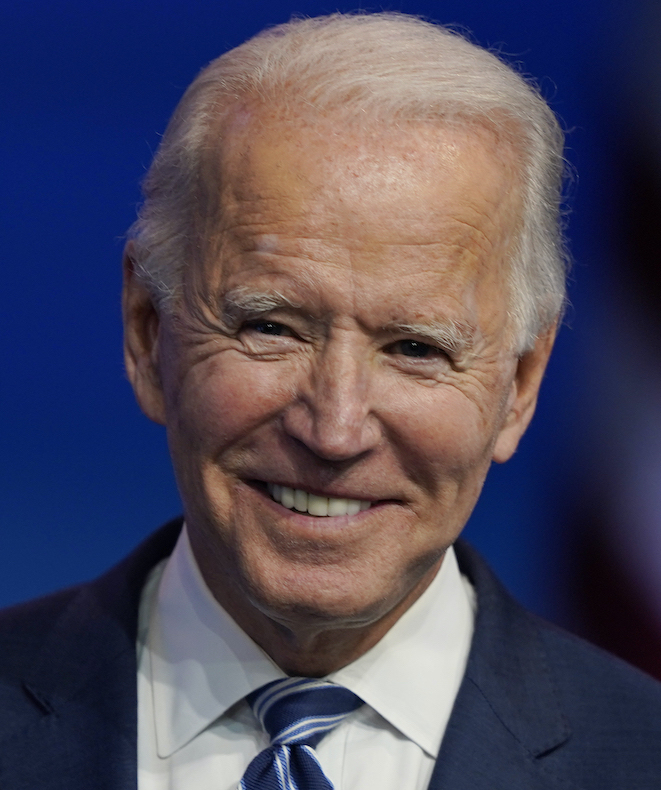Get COVID-19 under control
Joe Biden
"I’m never going to raise the white flag and surrender. We’re going to beat this virus. We’re going to get it under control, I promise you. "
Biden Promise Tracker

Promise Kept



